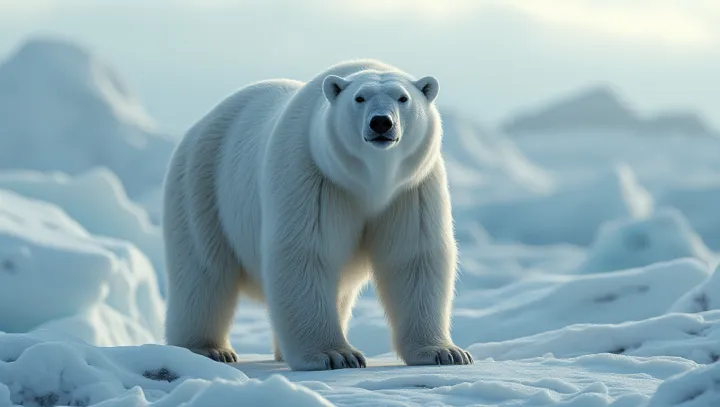Polar Bears: Arctic's Majestic Predators

In the vast, icy expanses of the Arctic, the polar bear stands as the formidable monarch. Known scientifically as Ursus maritimus, this majestic creature ranks as the largest land carnivore, fascinating researchers and wildlife enthusiasts alike. Residing primarily on the edges of glaciers and ice sheets, polar bears have adapted to life in one of Earth's harshest environments.
With their vast territories spanning across Canada, Russia, Greenland, and Norway, these bears are critical indicators of the health and stability of Arctic ecosystems. Scientists warn of the grave threats facing polar bears, primarily driven by climate change. The rapid melting of Arctic ice reduces their hunting grounds and impacts the sea ice-dependent seal populations, which are the bears' primary prey.
Dr. Helen Lars, an expert in Arctic wildlife from the University of Oslo, emphasizes, 'The drastic reduction in sea ice limits the polar bears' ability to find food, reproduce, and, ultimately, survive.' Conservation efforts are paramount to ensuring their continued existence. As global attention increasingly focuses on environmental preservation, the plight of polar bears serves as a powerful reminder.
Protecting these apex predators means safeguarding a delicate and rapidly changing Arctic landscape, crucial not only for the bears but for global biodiversity.
